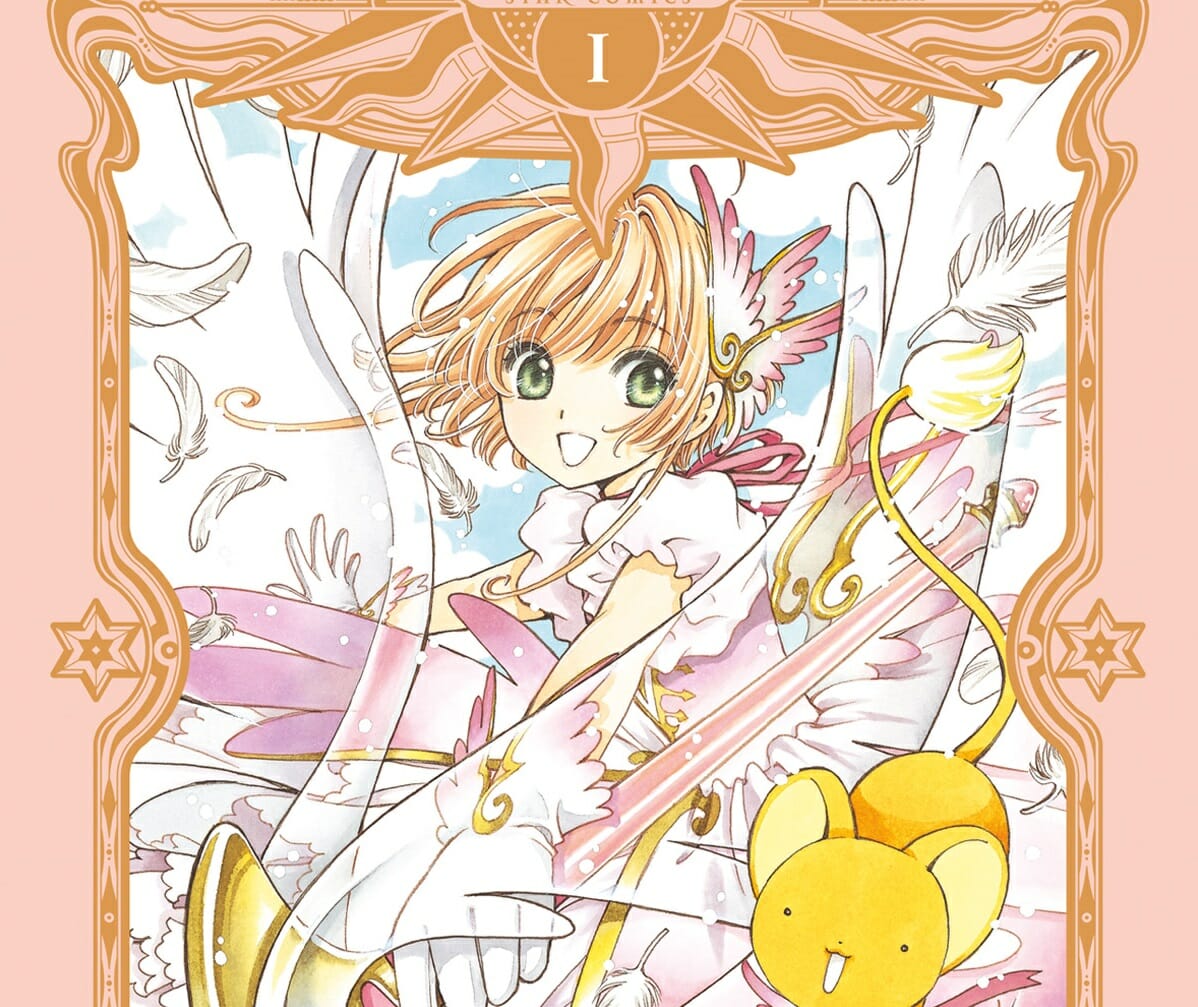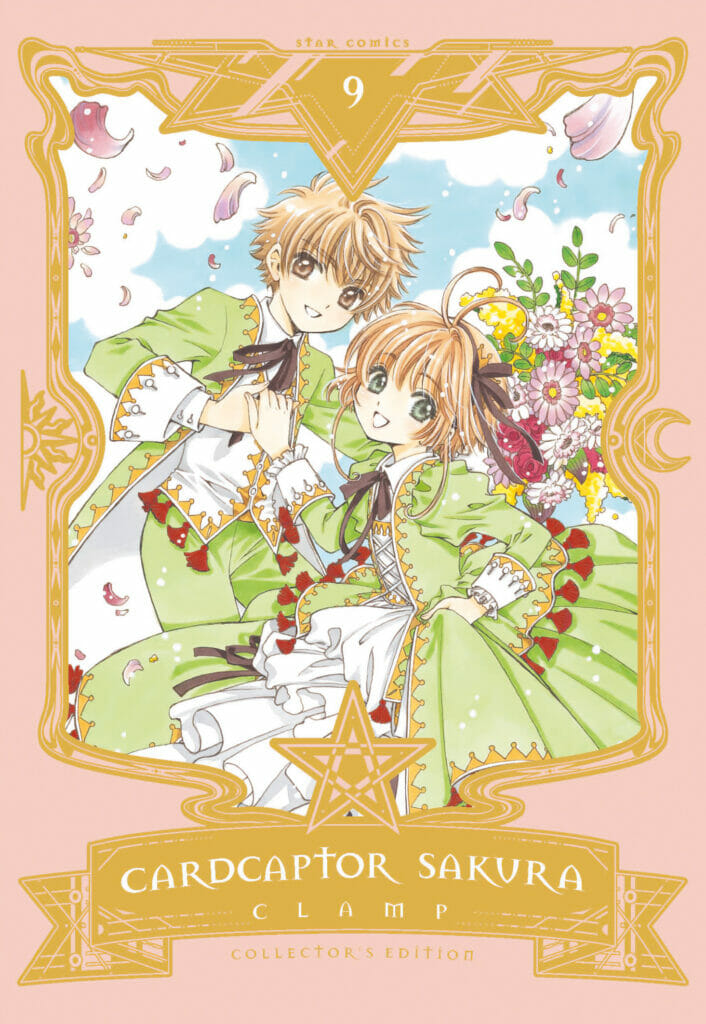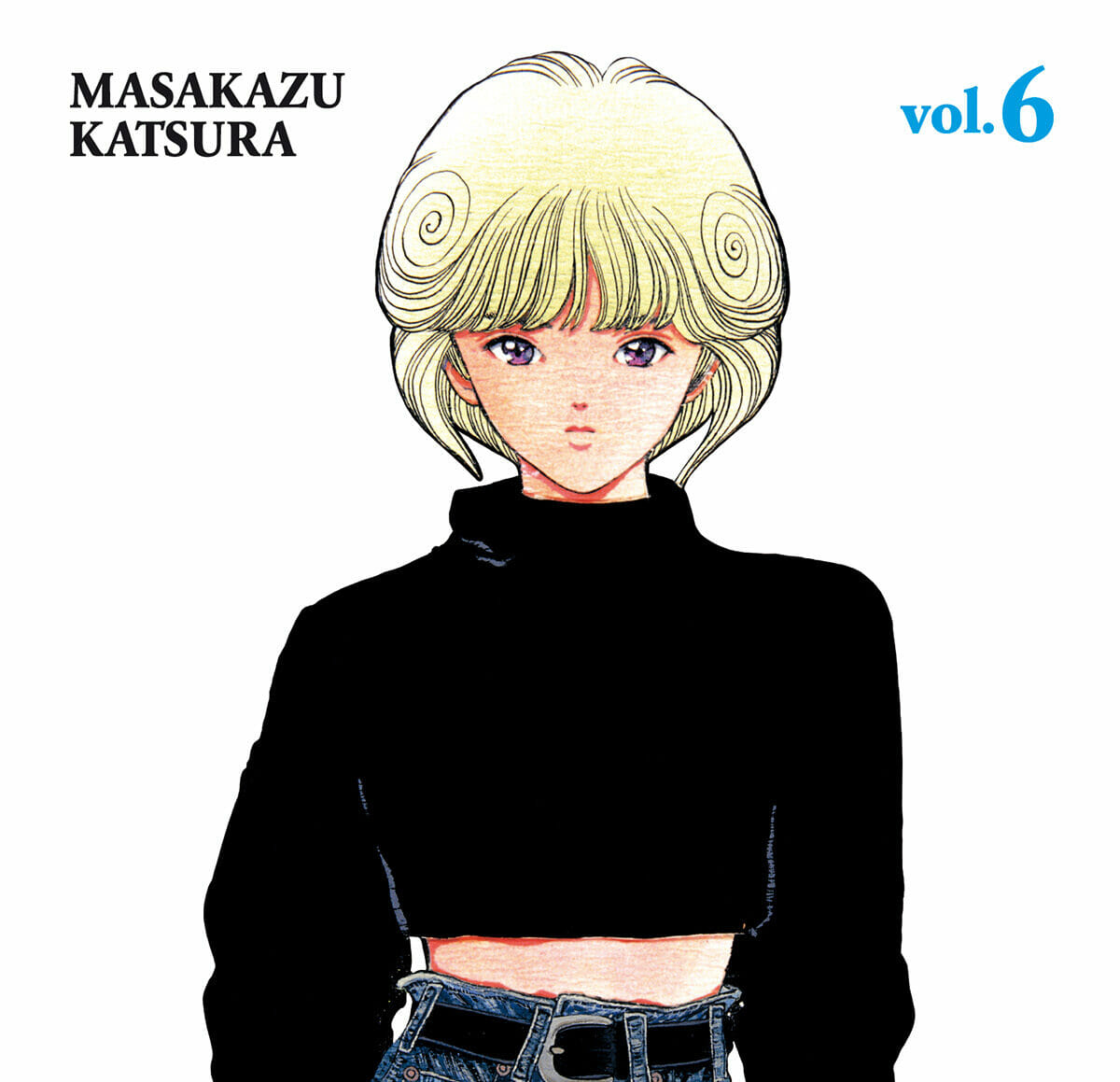
Cardcaptor Sakura | Fate is written in the cards
Author
Year
By the time of the series’ debut on the magazine Nakayoshi in 1996, Clamp had already dabbled in the shojo genre. That was the case for both previous 90s manga Clamp School Detectives and Magic Knight Reyhart. However, it is with Cardcaptor Sakura that the authors would embrace the genre to the fullest. Thanks to its romantic story and its art, it would soon become one of Clamp’s defining works as well as an archetype of the genre.
Of tarots and sorcery
Sakura Kinamoto is a 10 years old girl who stumbles upon a mysterious book. Opening it Sakura breaks a magical seal, which ends up scattering around town the cards held within. Cerberus, guardian of the Clow Cards, will reveal that this was the doing of Sakura’s own magic. It is now her duty to retrieve them before disaster strikes. With the aid of her friend Tomio and her rival Syaoran Li, she embarks on a quest to collect the cards and the power they held.
Cardcaptor Sakura‘s storyline is not innovative per se, as it tends to follow a classic and repetitive format: a supernatural disturbance caused by a card prompts Sakura to find a way to capture it. But that is because its innovation lies elsewhere.
The post-Sailor Moon era
The 90s era of maho shojo faced a significant boom due to Sailor Moon‘s cultural impact, from which Cardcaptor Sakura benefited too. However, despite their similarities, it is far from being a mere copy. In fact, many recurring elements are staples of the genre itself. This is the case for animal mascots, magical items and transformations.
A prime example that makes this manga stand out is its magical duo. Not only does it feature a male co-protagonist, Syaroan Li, but a solo magical girl protagonist. An unusual instance in modern maho shojo, when series like Tokyo Mew Mew and W.I.T.C.H. tend to favor a team of multiple girls to better embody the focus on friendship. And this is because the choice behind Sakura’s role as a single protagonist is a nod to the dawn of the genre, back in the 60s when this characteristic was the norm. Such is the case for other iconic titles of Nakayoshi, such as Princess Knight.

An in-depth take on magic
In Cardcaptor Sakura magic has an occult connotation that leans towards the topos of witches. It shows both in the cards’ resemblance to tarots as well as in Sakura’s wand doubling as a flying broom. But there is also a Taoism Magic influence, of which Syaoran is the personification. His use of ofuda talismans to perform elemental magic is a clear example of said inspiration.
Furthermore, in most stories the magic trope revolves around a single magical object. This applies to video games as well, like the silver paintbrush in The Unfinished Swan or the enchanted fabric in Journey. But with Cardcaptor Sakura the power relies on multiple objects – the Clow Cards – and varies greatly between them. In fact, everyone has a unique personality and function, for Sakura to master and use depending on the situation. A dynamic that brought a newfound variety to the trope.
Cardcaptor Sakura is all about bonds
The manga’s universe holds a delicate and almost idyllic feeling, conveyed by Clamp’s art style, made of round lines and pastel tones that exemplify the everyday beauty of the narrative world. A choice made in accordance with the story’s focus on the daily lives of its characters. It takes the time to explore Sakura’s relationships with her family, as well as the growing friendship with Tomio and Syaoran. And it does so outside of magic-related events as well, in moments where the narrative borders the slice-of-life genre. A kind of take that is also found in the comedic manga Yotsuba &!.
But a softer storyline does not exclude serious themes like death and loss. On the contrary: they are introduced early on with Sakura’s mother, who died shortly after giving birth. Her absence is discussed and transpires in the protectiveness of her older brother Toya. Moreover, if Sakura were to fail her mission, the price to pay would come at the cost of the bonds she has. This attention to the emotional sphere defines the core of Cardcaptor Sakura as a story about feelings, rather than magic.

The romance narrative in Cardcaptor Sakura
Queer representation is something Clamp repeatedly focused on, with many examples featured even in this series alone. From Toya’s love story with his classmate Yukito, to the fact that both Sakura and Syaoran develop a crush on the latter, or Tomio’s one-sided love for the protagonist. None of them are ever diminished or serve a comedic purpose. Even Sakura falling in love with Syaoran at the end of the series is a choice due to chemistry and regardless of gender. The result is a positive and progressive depiction for the time.
However, Clamp’s vision of love as something that transcends all also reveals a controversial connotation. This is the case of a classmate of Sakura, Rika, who falls in love with their teacher. While the relationship stays platonic, the older man does reciprocate her feelings. A portrayal that is especially problematic in a media for young girls, and that faced censorship in the Japanese anime as well.
In conclusion, Cardcaptor Sakura‘s influence left a lasting mark not only on the magical girl genre, but became a turning point for all of the shojo category. A story that earned a place as fan favorite, winning the Seiun Award for best manga in 2001. And in 2023, the Sakura Fest event announced a sequel for the second animated series Cardcaptor Sakura: Clear Card.
Tag
Buy a ☕ for Hypercritic








